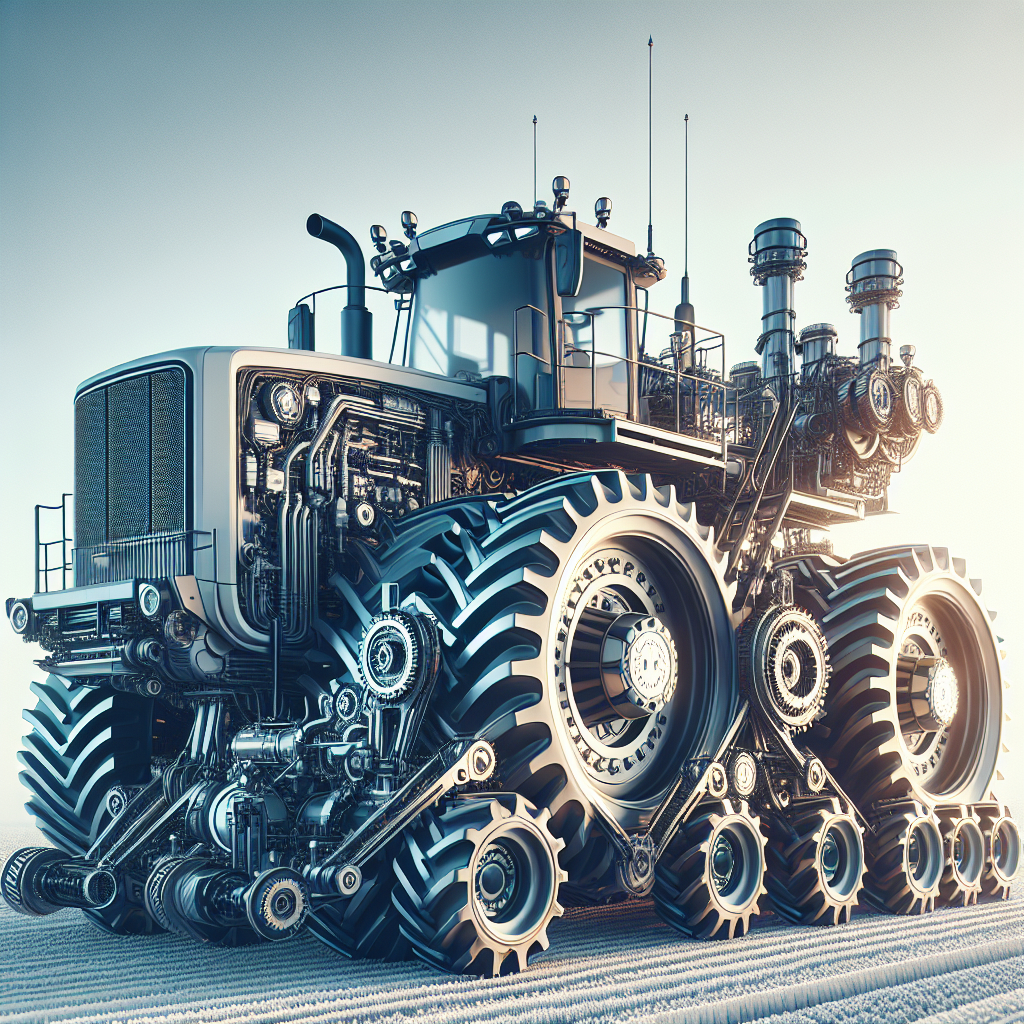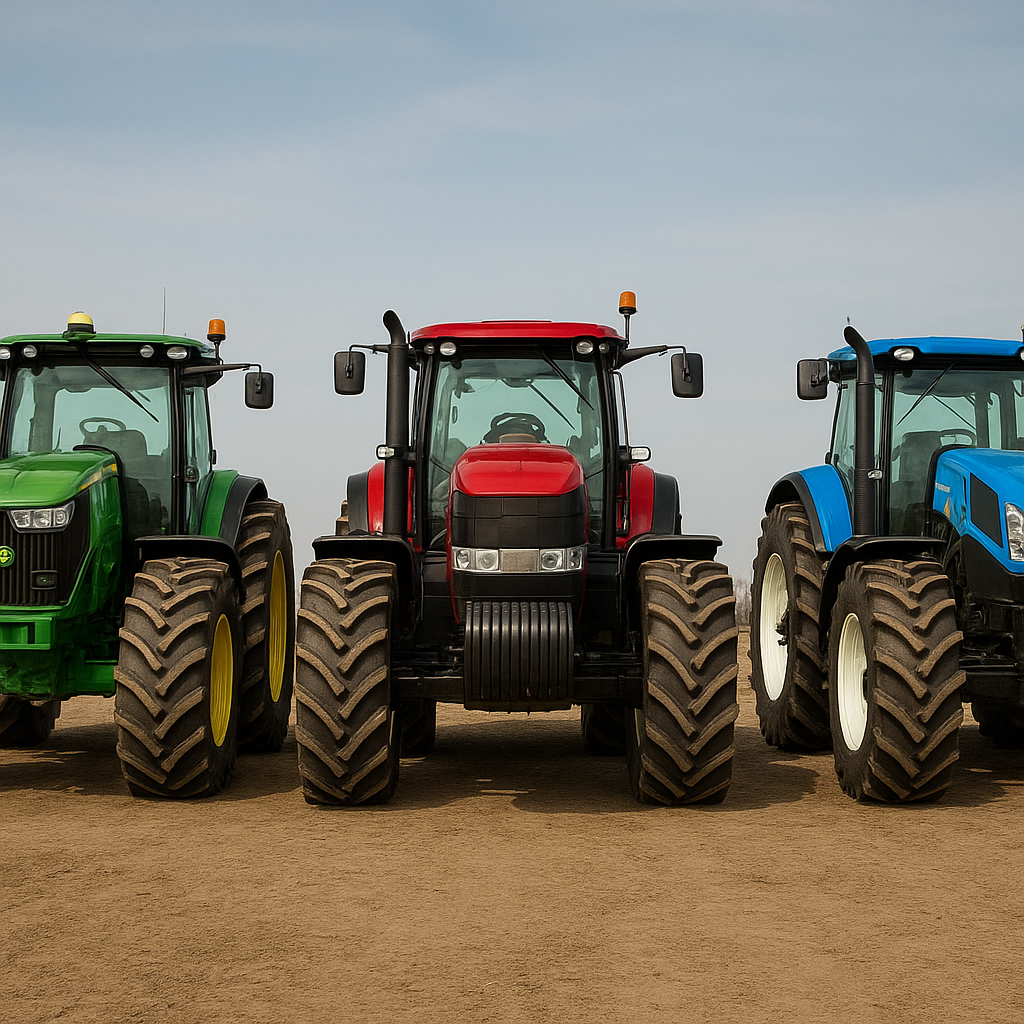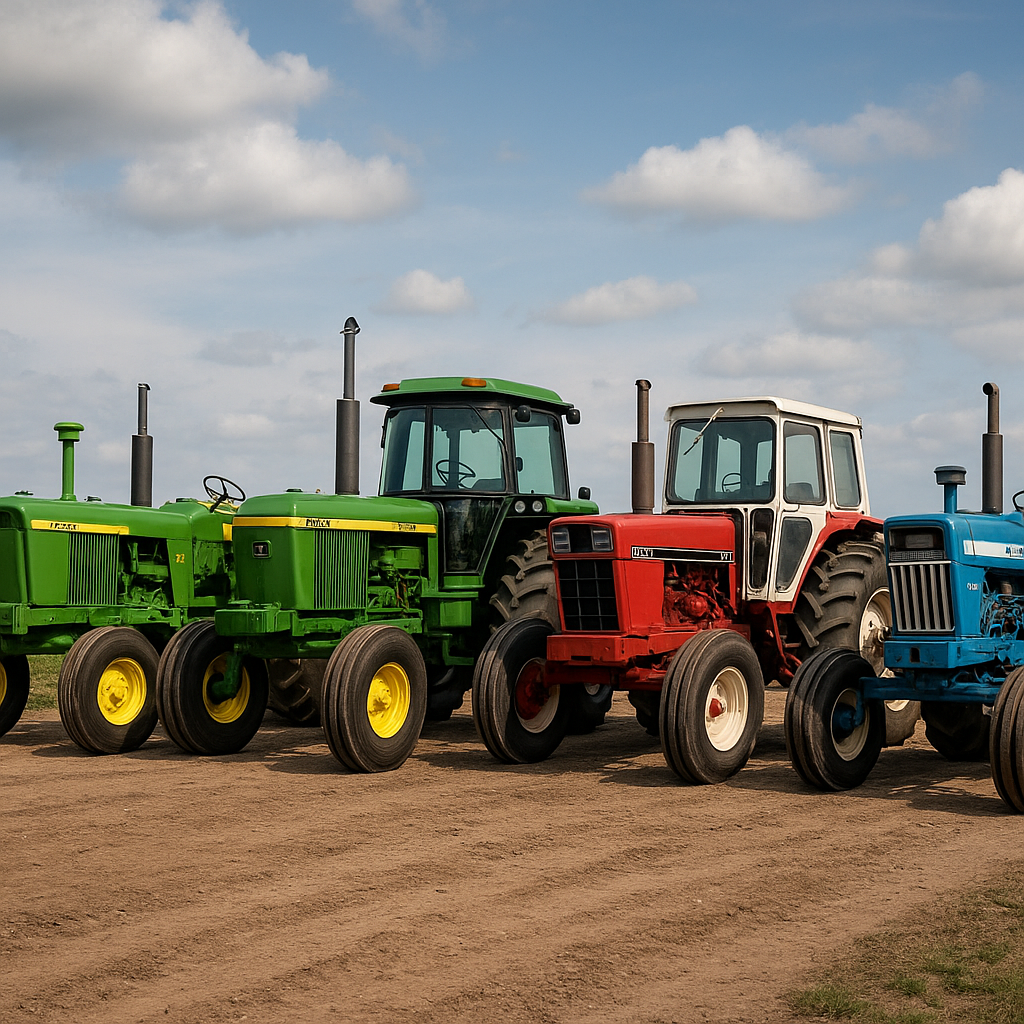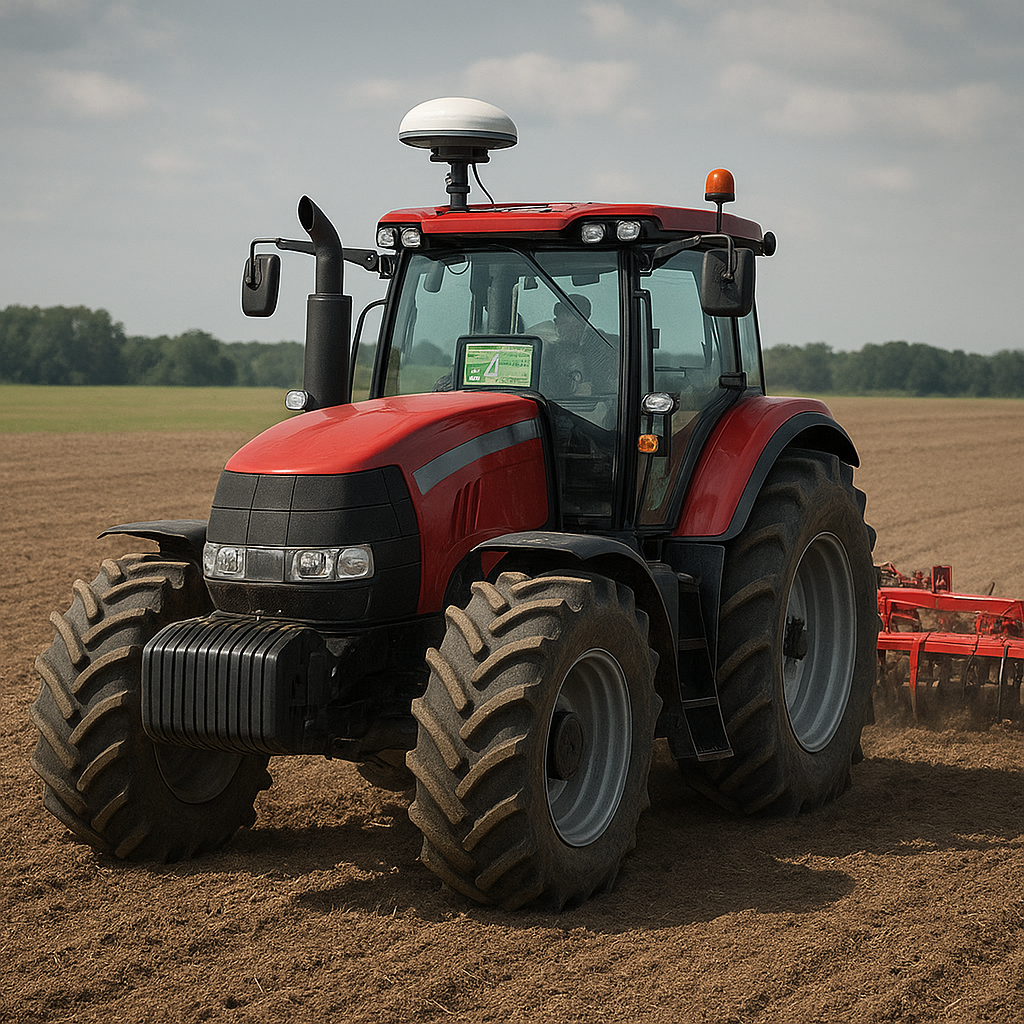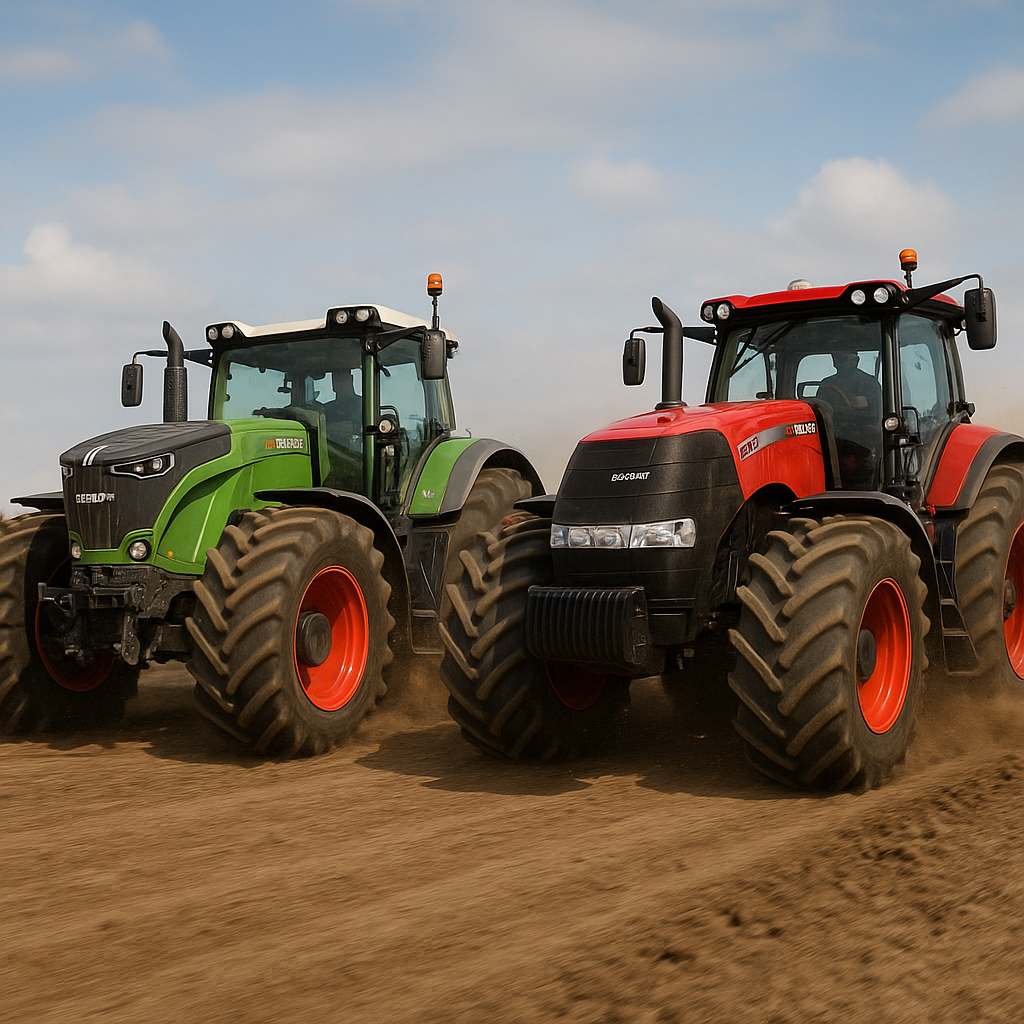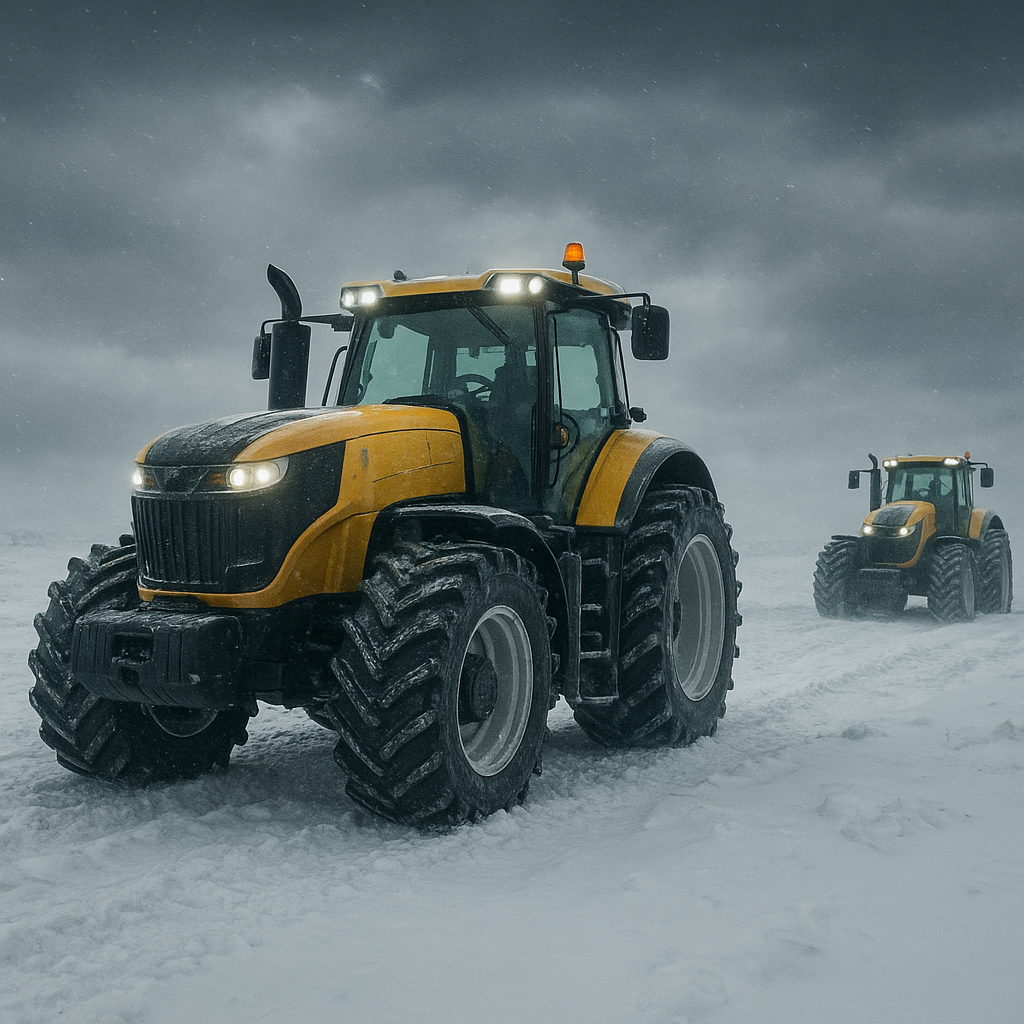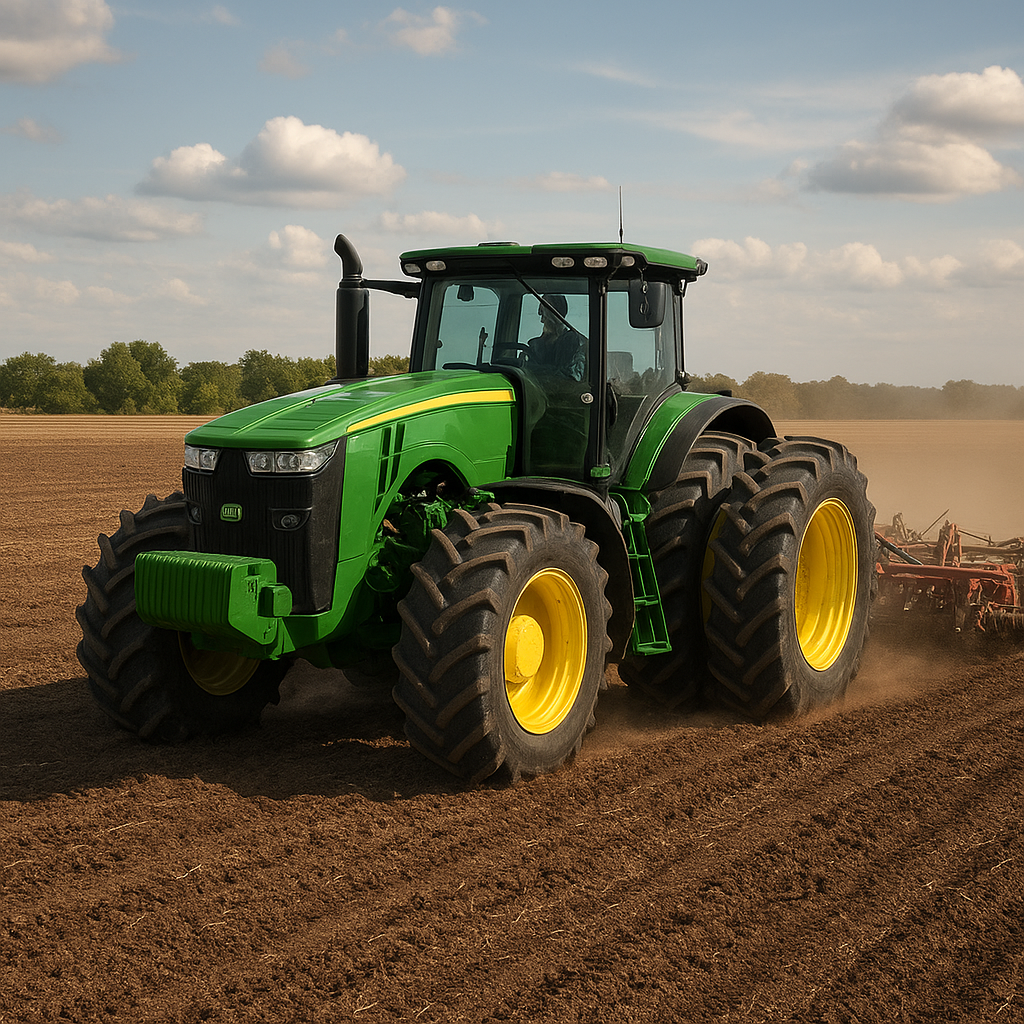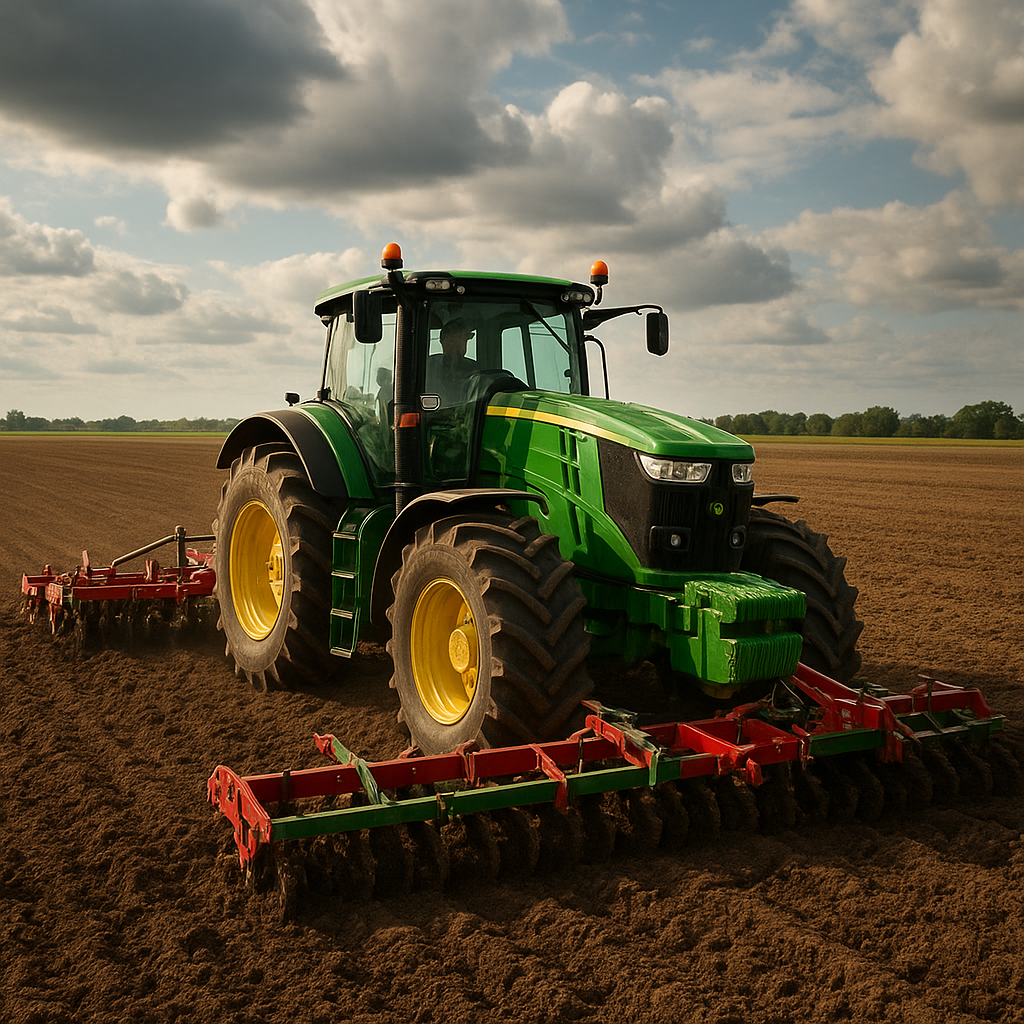In the world of modern agriculture, the quest for efficiency and productivity has led to the development of some of the biggest tractors ever built. These colossal machines are designed to handle the most demanding tasks on the farm, from plowing vast fields to hauling heavy loads. In this article, we will explore the features and capabilities of these giant tractors, as well as the technology that makes them so powerful and efficient.
The Evolution of Tractor Size and Power
The history of tractors dates back to the early 20th century when steam-powered machines were first used to replace horse-drawn plows. Over the decades, tractors have evolved significantly in terms of size, power, and functionality. The introduction of internal combustion engines marked a significant milestone, allowing for more compact and efficient designs. However, it wasn’t until the latter half of the 20th century that tractors began to grow in size and power to meet the increasing demands of modern agriculture.
One of the key factors driving the growth in tractor size is the need for greater efficiency. Larger tractors can cover more ground in less time, reducing the overall labor and fuel costs associated with farming. Additionally, advancements in engineering and materials have made it possible to build larger and more powerful tractors without sacrificing reliability or safety.
Key Milestones in Tractor Development
- 1920s: Introduction of the first gasoline-powered tractors, which were smaller and more efficient than their steam-powered predecessors.
- 1950s: Development of diesel engines, which provided greater power and fuel efficiency.
- 1970s: Introduction of four-wheel-drive tractors, which offered improved traction and stability on rough terrain.
- 1990s: Advancements in electronic controls and GPS technology, allowing for more precise and automated farming operations.
- 2000s: Emergence of the largest tractors, capable of producing over 600 horsepower and weighing more than 20 tons.
Notable Examples of the Biggest Tractors
Several manufacturers have produced some of the largest and most powerful tractors in the world. These machines are designed to handle the most demanding agricultural tasks and are equipped with advanced technology to maximize efficiency and productivity. Here are a few notable examples:
Big Bud 747
The Big Bud 747 is often regarded as the largest tractor ever built. Manufactured in 1977 by Northern Manufacturing Company in Montana, USA, this behemoth is powered by a 16-cylinder Detroit Diesel engine producing 760 horsepower. The Big Bud 747 weighs approximately 50,000 pounds and has a fuel capacity of 1,000 gallons, allowing it to work for extended periods without refueling. Its massive size and power make it ideal for large-scale farming operations, particularly in the vast fields of the American Midwest.
John Deere 9RX Series
John Deere is a well-known name in the agricultural industry, and their 9RX Series tractors are among the largest and most advanced on the market. These four-track tractors are designed for maximum traction and stability, making them ideal for working in challenging conditions. The 9RX Series is powered by a 15-liter Cummins engine producing up to 620 horsepower. Advanced features such as the CommandView III cab, integrated precision agriculture technology, and the e18 PowerShift transmission make the 9RX Series a top choice for modern farmers.
Case IH Steiger Quadtrac
The Case IH Steiger Quadtrac is another example of a large and powerful tractor designed for demanding agricultural tasks. The Quadtrac series features a unique four-track design that provides exceptional traction and flotation, reducing soil compaction and improving overall efficiency. The Steiger Quadtrac is powered by a 12.9-liter FPT engine producing up to 620 horsepower. Advanced features such as the AFS Connect telematics system, luxury cab options, and the CVXDrive continuously variable transmission make the Steiger Quadtrac a popular choice among large-scale farmers.
Technological Advancements in Modern Tractors
The biggest tractors are not just about size and power; they also incorporate advanced technology to enhance their performance and efficiency. Here are some of the key technological advancements found in modern tractors:
Precision Agriculture
Precision agriculture involves the use of GPS technology, sensors, and data analytics to optimize farming operations. Modern tractors are equipped with GPS receivers and automated steering systems that allow for precise control and navigation. This technology enables farmers to plant, fertilize, and harvest crops with greater accuracy, reducing waste and improving yields. Additionally, data collected from sensors on the tractor can be used to monitor soil conditions, crop health, and equipment performance, allowing for more informed decision-making.
Telematics and Connectivity
Telematics systems allow tractors to communicate with other equipment and farm management software in real-time. This connectivity enables farmers to monitor and manage their operations remotely, improving efficiency and reducing downtime. For example, telematics can provide real-time data on fuel consumption, engine performance, and maintenance needs, allowing farmers to address issues before they become major problems. Additionally, connectivity features such as remote diagnostics and software updates ensure that tractors are always operating at peak performance.
Advanced Engine Technology
Modern tractors are equipped with advanced engines that provide greater power and fuel efficiency while reducing emissions. Many of the largest tractors use diesel engines with turbocharging and intercooling to maximize performance. Additionally, features such as electronic fuel injection and variable geometry turbochargers allow for more precise control of engine parameters, improving efficiency and reducing fuel consumption. Emission control technologies such as selective catalytic reduction (SCR) and diesel particulate filters (DPF) ensure that modern tractors meet stringent environmental regulations.
Enhanced Operator Comfort and Safety
The biggest tractors are designed with operator comfort and safety in mind. Spacious cabs with ergonomic controls, climate control, and advanced suspension systems provide a comfortable working environment, reducing operator fatigue and improving productivity. Additionally, modern tractors are equipped with advanced safety features such as rollover protection systems (ROPS), seat belts, and visibility aids such as cameras and mirrors. These features ensure that operators can work safely and efficiently, even in challenging conditions.
The Future of Big Tractors
The future of big tractors is likely to be shaped by ongoing advancements in technology and a growing focus on sustainability. Here are some trends and developments that may influence the future of these machines:
Electrification and Hybrid Powertrains
As the agricultural industry seeks to reduce its environmental impact, there is growing interest in electrification and hybrid powertrains for tractors. Electric and hybrid tractors offer the potential for reduced emissions, lower operating costs, and quieter operation. While fully electric tractors are still in the early stages of development, hybrid models that combine diesel engines with electric motors are already being tested and deployed. These hybrid systems can provide additional power and efficiency, particularly during peak load conditions.
Autonomous Tractors
Autonomous tractors have the potential to revolutionize the agricultural industry by reducing the need for human operators and increasing efficiency. These self-driving machines use advanced sensors, cameras, and artificial intelligence to navigate fields and perform tasks such as planting, fertilizing, and harvesting. Autonomous tractors can operate around the clock, increasing productivity and reducing labor costs. While fully autonomous tractors are not yet widely available, several manufacturers are actively developing and testing prototypes.
Integration with Smart Farming Systems
The integration of big tractors with smart farming systems will enable more efficient and data-driven farming practices. Smart farming systems use a combination of sensors, drones, and data analytics to monitor and manage all aspects of the farming operation. By integrating tractors with these systems, farmers can optimize their use of resources, improve crop yields, and reduce environmental impact. For example, data collected from sensors on the tractor can be combined with satellite imagery and weather data to create detailed maps of soil conditions and crop health, allowing for more precise and targeted interventions.
Conclusion
The biggest tractors represent the pinnacle of agricultural engineering, combining immense power and size with advanced technology to meet the demands of modern farming. These machines are essential for large-scale farming operations, providing the efficiency and productivity needed to feed a growing global population. As technology continues to advance, we can expect to see even more powerful and efficient tractors in the future, with a growing focus on sustainability and smart farming practices. Whether through electrification, autonomy, or integration with smart farming systems, the future of big tractors promises to be both exciting and transformative for the agricultural industry.
